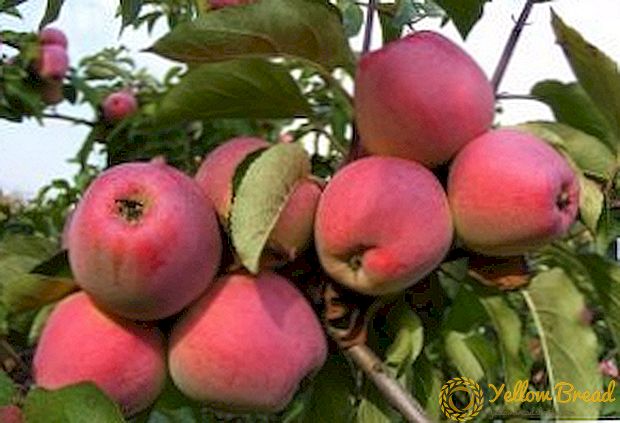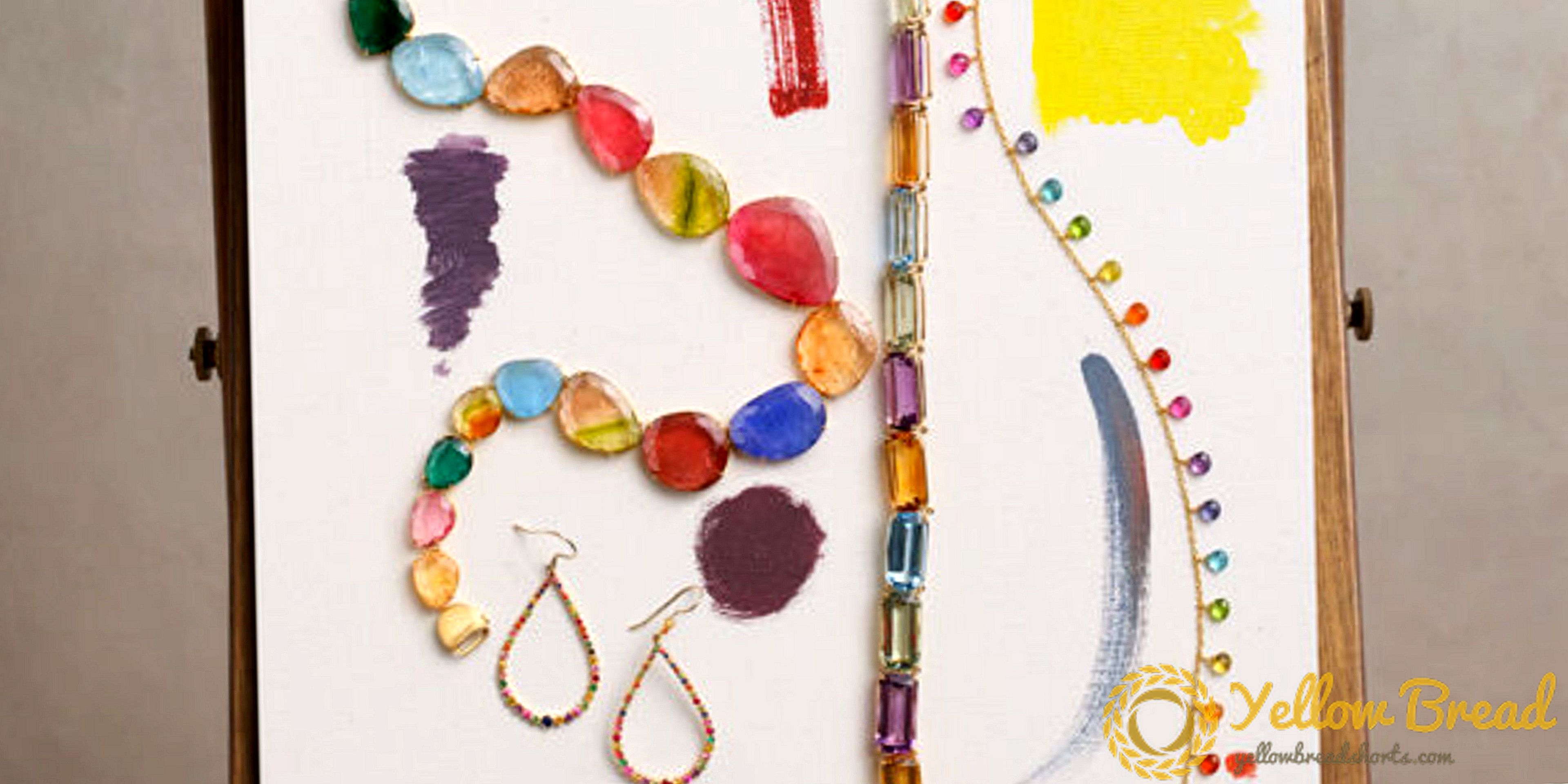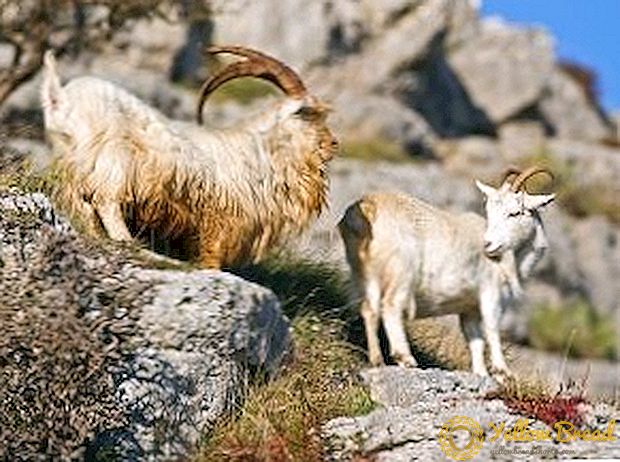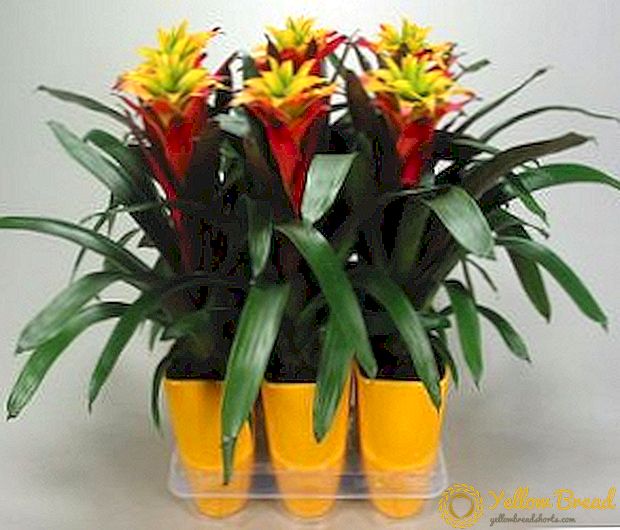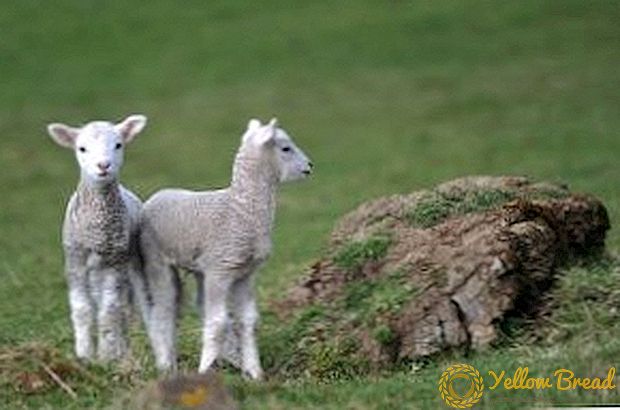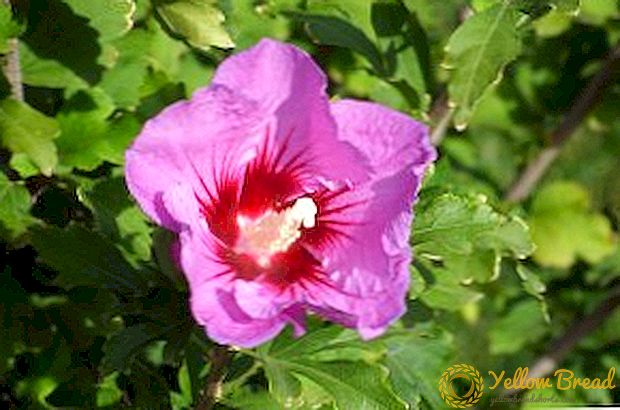
A good farmer knows that not only horses but also cows need to keep an eye on their hooves.
Special attention should be paid to this part of the cow’s body in winter, when the animal spends most of its time indoors.
In the summer, there is no problem of trimming and cleaning the hooves, because they are subject to constant natural grinding. In winter, the hooves may become overgrown with horny tissue, which can bring discomfort to the animal when moving or even cause pain. If you too run the animal and do not care for it, then there is a high risk of various hoof diseases.
It is better to warn and cure them in time than to wait and look at the flour of your cow.

A cow's hoof consists of two parts, between which there is a blade the size of a walnut.
Each half of the hoof is covered with horny tissue, which thickens every month. In the summer, when a cow walks through a pasture, this horn tissue is grinded naturally by contact with the ground and other surfaces where the animal is walking.
In winter, when the cow is in the stall most of the time, this horny covering is ground off to an insignificant extent, which leads to excessive thickening of this layer.
If you don’t cut the cornea on your own, some hoof problems, which, in turn, leads to a number of hoof diseases.
Corolla phlegmon

This disease affects the subcutaneous tissue in the corolla area. The tissue begins to inflame, and without treatment, purulent processes are triggered, which bring a lot of discomfort to the animal.
The animal begins to suffer from phlegmon, if there are wounds on the rim, where microbes fall, with the appearance of crown rifts, as well as in the presence of purulent inflammations of the hoof or the hoof joint. Cellulitis phlegmon can be a sign of the development of other diseases, such as purulent dermatitis or foot-and-mouth disease.
The main signs of the development of phlegmon are high fever, depressed animal appearance, loss of appetite, and lameness. Also in the area of the corolla, a roller-shaped edema is formed, when touched to which the animal experiences pain.
This swelling hangs over the horn shoe. When running form on the corolla, abscesses begin to form. In this case, you need to resort to the help of a surgeon who will open these tumors, and the animal will feel better.
If time does not cure phlegmon, then the disease will go into a stage of purulent inflammation of the hoof joint, which can become cause of sepsis (blood poisoning).

During treatment, the animal must not be disturbed. It is also necessary to provide the cow with a large amount of dry litter.
If there is cellulitis, the veterinarian must inject an intramuscular solution of novocaine and penicillin into the animal (150 units of penicillin per 1 kg of weight are injected into 0.5% solution of novocaine, urotropin and calcium chloride should be injected intravenously.
In the area of the affected area, it is necessary to drain off the horny tissue to make a Novocain-Penicillin Circular Block. An alcohol dressing should be applied to the affected area for disinfection.
When the lesions become soft, you need to immediately make cuts with tweezers to remove the dead tissue. The incision site should be treated with antiseptic, and then - bandage. Next, you will need to radiate phlegmon as a purulent wound.
In order to prevent the development of the disease, you need to constantly inspect the whisk. If it is damaged, they need to be urgently treated with an antiseptic.
You also need to monitor the degree of contamination of the litter. The coating must be dry. It is also advisable to choose a place for pasture not in a marshy area.
Aseptic inflammation of the base of the skin of the hoof

There are 2 types of this disease: serous and serosofibrous inflammation. The disease is either acute or chronic.
Inflammation may develop within one area or spread further. Aseptic inflammation occurs if the animal has a bruise or compression of the hoof.
Also, animals suffer from this disease, if they often walk hard rocky ground, contained on the stone floor.
The main symptom of this disease is limping. Also when cleaning the hooves on the horn, you can see spots of yellow or red-yellow color. It can stain in these shades and all horn tissue.
If you press on the affected area, the cow will respond to the pain, and the site of the injury is warmer than the rest of the hoof. A slight swelling may appear around the corolla, crumb, or in the area of the inter-pallet crack. If the disease is chronic, then the horny tissue is dry and fragile, and horny wall joints also appear.
During treatment, the root cause of the disease must be removed.The animal must be at rest.
First need apply cold to a sore hoof. If the cow continues to limp as well, then after 2 - 3 days, heat (hot clay or peat mud) should be applied to the sore spot or a hoofed bath should be made with the addition of saline solution.
If there is swelling, then a warming compress or alcohol dressing should be applied to the affected area. You also need to grind off the horny wall near the affected area.
To prevent the emergence or development of aseptic inflammation, you need to graze cows only on unpaved or grassy pastures, but not on stony ground. The floors in the stall should be covered with bedding or rubberized.
Purulent pododermatitis

This disease causes the development of the purulent process of the basis of the skin of the hoof. Pododermit occurs if there is a purulent infection of wounds, as well as if there are cracks in the hoof, or if there is a hall of the horn of the hoof wall.
Characteristic features of sub-dermatitis are a slight increase in temperature, the appearance of lameness, a painful reaction of the animal to touching the inflamed area.
Cracks and wounds may also occur in the affected area. With the progression of purulent pododermatitis, the environs of the corolla may swell and become covered with fistulas, from which pus is secreted. If time does not cure the disease, then there may be a number of serious complications that will cause possible cattle rejection.
In order to cure a cow, you need to carefully clean and wash hooves with soap and water.
It is advisable to introduce an anesthetic to the animal, as the pain may be too strong.
On examination of the affected hoof, the most inflamed horny tissue should be cut to the base of the skin. You also need to remove the horn of the sole, which exfoliated.
The resulting wound should be treated with an antiseptic, powdered with an antibiotic and bandaged. Dressing should be done every 3 - 4 days. Antiseptic preparations should also be given to the cow.
Preventive measures are: timely treatment of wounds of the hoof, treatment of bruises and other injuries of the hoof.
Erosion
This disease leads to uneven development of hoof lobes, from which the animal can hardly move.
Identify the disease can be a careful examination of the hoof. If the outer lobe looks higher than the inner one, inflammation and suppuration occurs in the soft tissues of the hoof, and the animal itself is unstable, this indicates the presence of erosion of the hoof.
To cure and prevent this disease, you need to carefully examine the hooves of both young and adult cows.
With uneven development under the sore hoof, you need to place a special strong heel that will ease the load on healthy limbs.
Lameness

Based on the name, it is easy to guess that with this disease the animal starts to limp.
Claudication develops in cows for a variety of reasons: due to improper diet, non-compliance with the rules of hygiene and sanitary standards, due to the lack of regular trimming of the horn wall of the hoof.
Because of this, the disease in the animal may begin to develop other diseases, including mastitis, which can lead to a rapid rejection of cattle.
It is necessary to treat lameness in a complex way, that is, not only by medication, but also by eliminating possible root causes.
Need to regularly trim and clean the hooves, regulate the diet of the animal, depending on the need for certain vitamins. Today there are a lot of special processing systems, the use of which prevents the development of lameness. Also, the veterinarian may prescribe antibiotics to the animal.
Monitor the health of your animals, including the health of their hooves. After all, this part of the body is as important as the udder. Do not start, but prevent the disease. So you save the animal much longer than expected.

